Top 10 most dangerous animals in the world
Our planet is home to an incredibly diverse range of fauna. Many creatures are cute and harmless, while others hold the title of being exceptionally dangerous. The danger posed by an animal can be based on numerous factors, such as their physical attributes, the toxins they produce, or the diseases they carry. Here’s a list of the top 10 most dangerous animals globally, each of which requires respect and caution to ensure human safety.
1. Mosquitoes
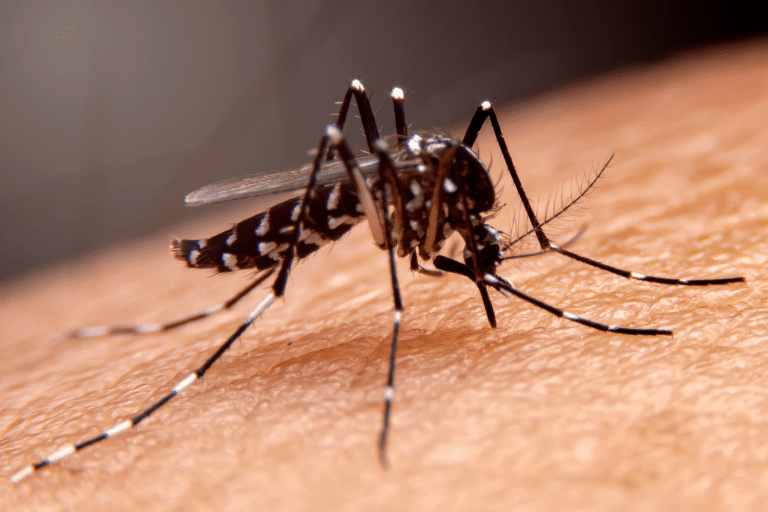
Small but deadly, mosquitoes are the deadliest creatures on Earth. They spread diseases like malaria, dengue, Zika, West Nile virus, and yellow fever, which together kill hundreds of thousands of people each year.
2. Box Jellyfish
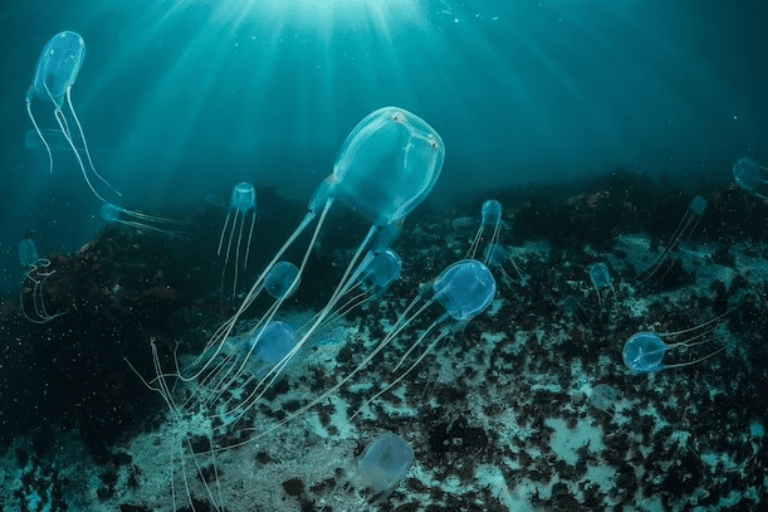
Also known as sea wasps, these creatures are among the most venomous in the world. Their tentacles are lined with tiny darts loaded with poison that can cause heart failure, paralysis, and death in humans.
3. Saltwater Crocodile
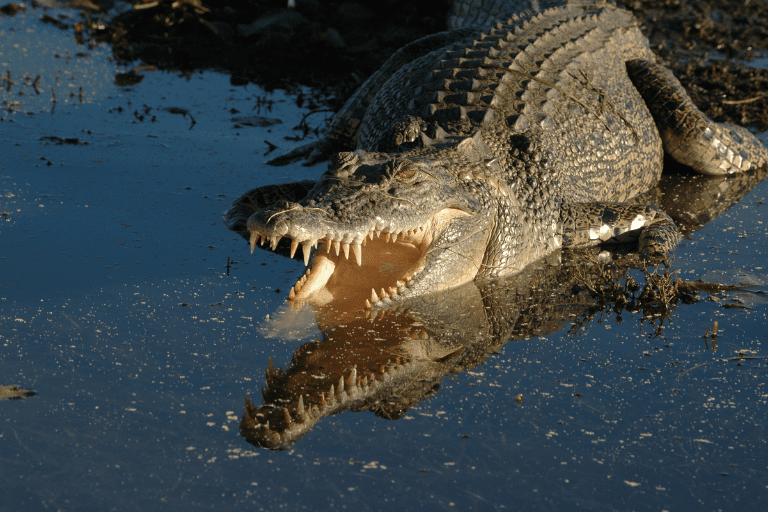
The largest living reptile, the Saltwater Crocodile, is responsible for more human fatalities annually than any other large predator. They are extremely powerful and fast in the water, making them a top-tier predator.
4. African Elephant
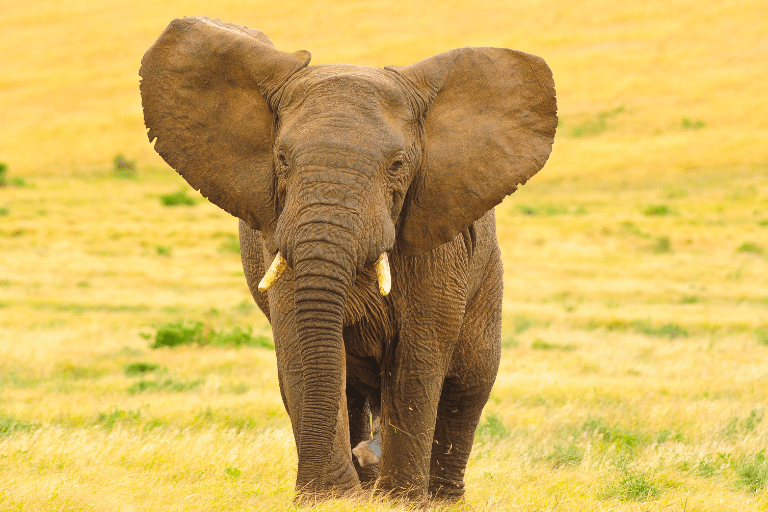
While generally peaceful if left undisturbed, African Elephants are known to be very dangerous when threatened or provoked. They cause more deaths in Africa than any other large animal.
5. African Buffalo
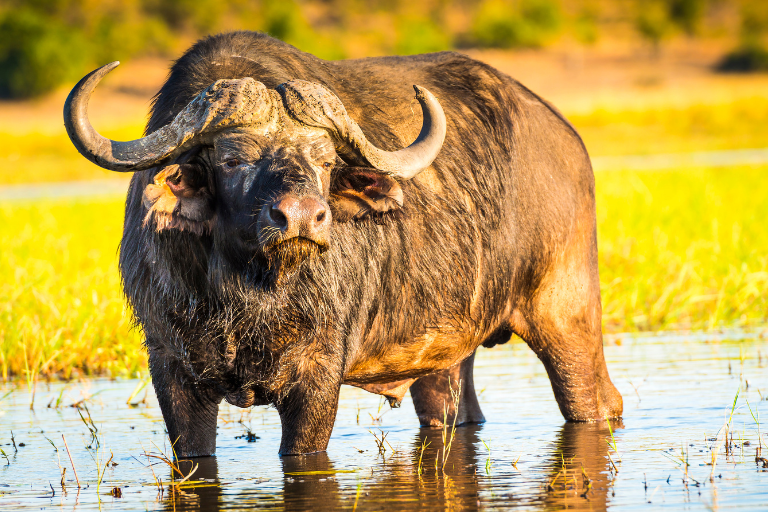
Also known as Cape Buffalo, these animals are responsible for killing more hunters on the continent than any other creature. They are unpredictable and may charge without provocation.
6. Cone Snail
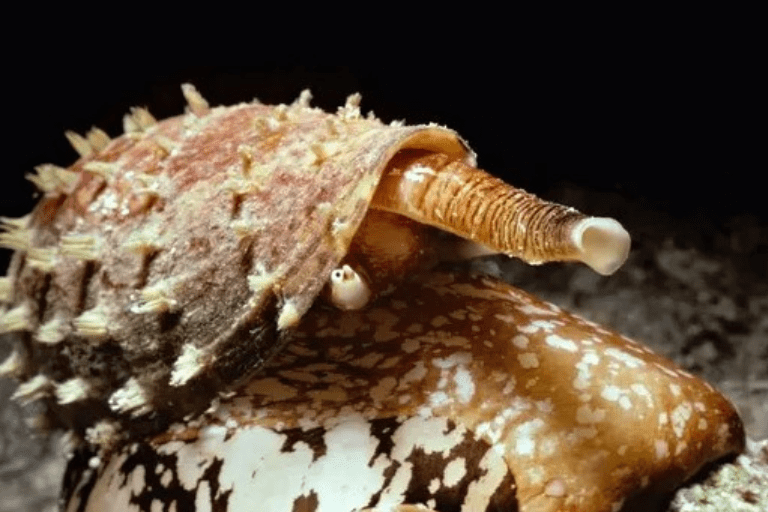
This small sea creature, found in the warm waters of the tropics, is much more dangerous than it appears. Its venomous sting can lead to muscle paralysis, vision impairment, and even death in the most severe cases.
7. Golden Poison Dart Frog
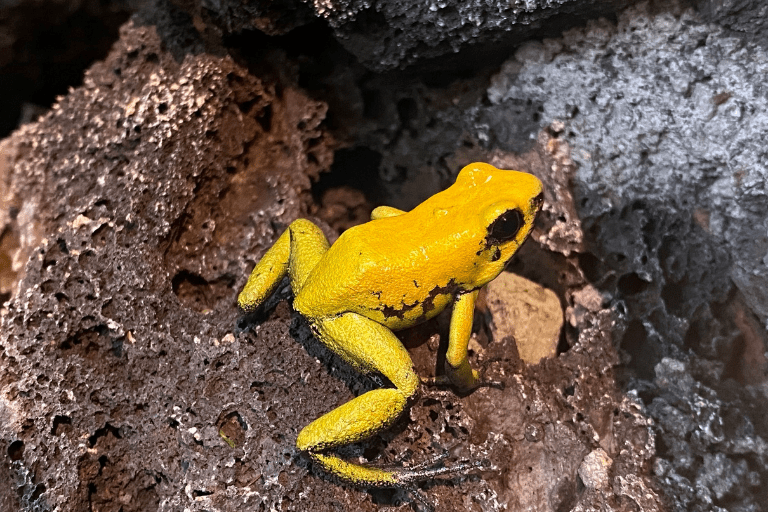
These brightly coloured frogs, native to Colombia’s rainforests, carry enough venom to kill 10 grown men. Indigenous tribes once used their poison to tip their blowgun darts.
8. Africanized Honey Bee
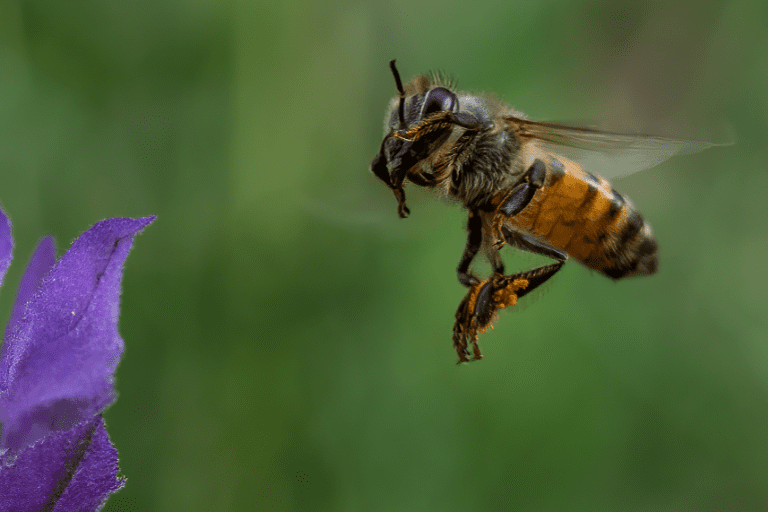
Also known as killer bees, these insects are highly defensive and will attack in large numbers when their hive is threatened. They have caused numerous human fatalities.
9. Asian Cobra
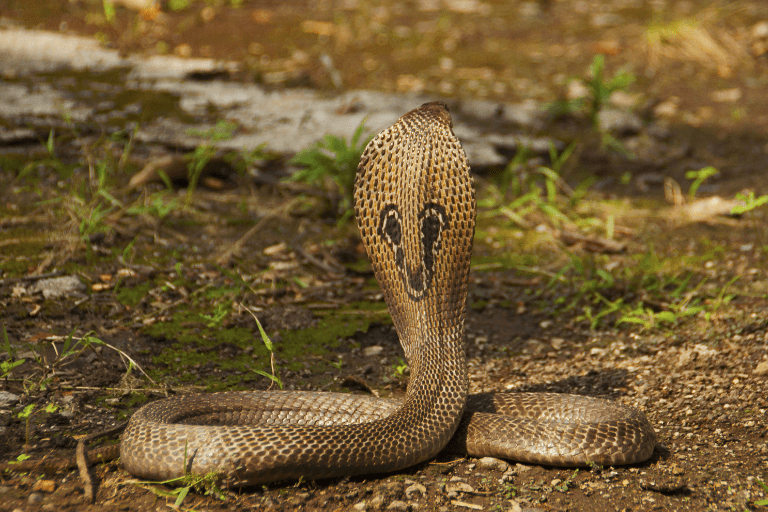
Among the most lethal creatures is the Asian Cobra, particularly the Indian variant. Though not the most venomous, they cause the majority of human deaths by snakebite, mainly due to their prevalence in populous regions of South Asia. Their venom can induce paralysis, cardiac arrest, and death. Their presence in local myths and folklore elevates their feared status. Respect and caution are necessary when in their vicinity, reminding us of the importance of maintaining a safe distance from all wildlife and preserving these species within their natural habitats.
10. Deathstalker Scorpion
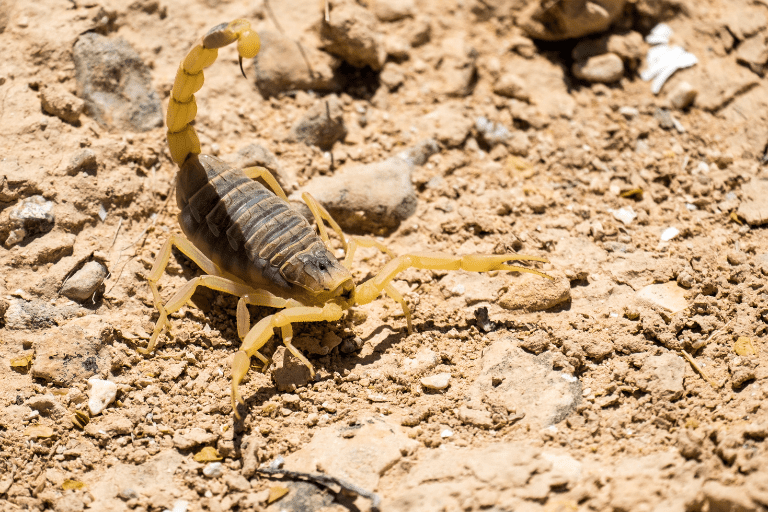
Although its sting is usually not lethal to healthy adults, it can cause an intense and painful reaction. However, for children, the elderly, or those with heart conditions, a sting from the Deathstalker can be fatal.
These ten animals, while fascinating, remind us of the diverse threats present in the animal kingdom. Many of these creatures are dangerous because of their venom or sheer physical power, while others, like mosquitoes, are lethal due to the diseases they carry. Remember, if you encounter any of these animals in their natural habitat, respect their space and observe from a safe distance.
“We’ve reached the end of our Top 10 countdown, and we’d love to hear from you! Do you agree with our choices, or is there something we missed that you feel deserves a spot on this list? Let’s start a conversation – comment below with your thoughts and ideas. Your input might just influence our next Top 10!”
If you like this you might like Top 10 breeds of Cats






1 thought on “Top 10 most dangerous animals in the world”